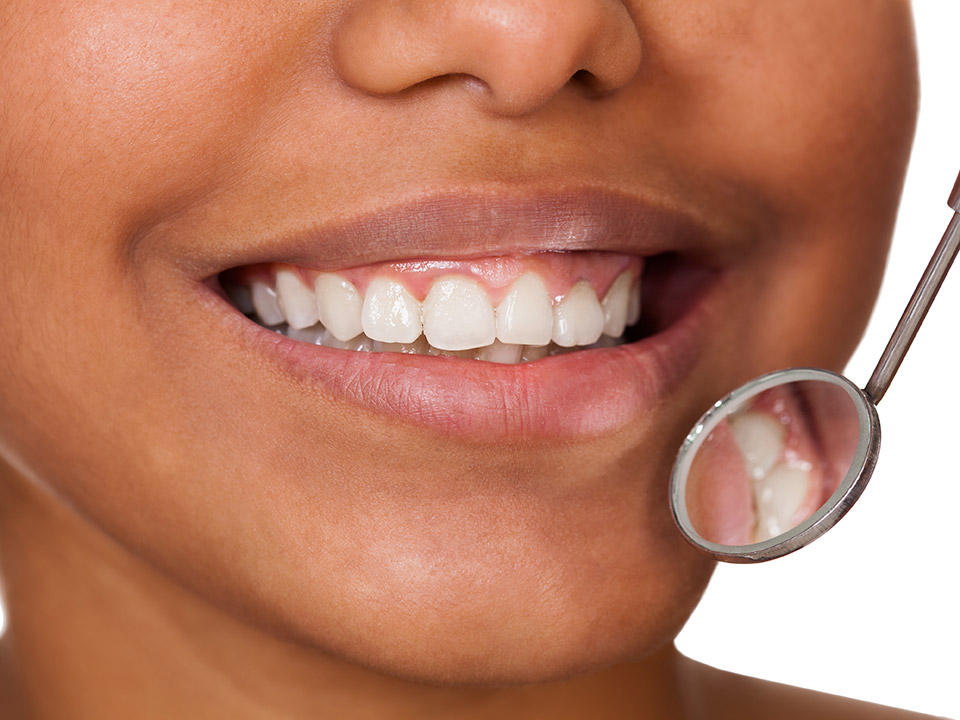Did you know that gum graft surgery is one of the US’s most common and routine periodontal procedures? If you are looking for some insight on how gum grafting is, then stick around.
Many people think of oral hygiene as preventing and managing tooth decay. However, gum health is also important if you want to retain that white smile.
Gums are highly overlooked when it comes to dental care. Infections to the gum can lead to bleeding, inflammation, swelling, loose teeth, and thinning gums, among other issues.
Gum grafting is one of the best ways to prevent and manage gum conditions that might be complications from infections. So, if your doctor tells you to get gum graft surgery, you should not worry.
Let us look at some interesting info before you decide to undergo graft surgery.
What Is Gum Grafting?
Gum graft surgery is a dental procedure to protect your teeth and gums. Gum grafting helps manage and treat receding gums. If you are wondering, gum recession is a condition where your gums slowly pull away from the teeth, exposing their roots.
Gum grafts involve using healthy tissues to restore any damaged or worn-out tissues caused by the recession. The surgical procedure is done by a gum expert known as a periodontist.
During surgery, your periodontist first harvests healthy tissues from your gum and the roof of your mouth. These health tissues are known as grafts.
After harvesting, the grafts are attached to the gum tissues that are thinning and damaged. The procedure is easy, and you will be moving in no time.
Why Are Receding Gums Bad for Your Dental Care?
As the gum recedes and exposes teeth roots, you are at a higher risk of tooth sensitivity and decay. If left untreated, advanced gum recession can lead to loose teeth due to bone loss.
Who Needs to Have a Gum Graft?
Genetic factors can contribute to gum recession. Some people are more prone to thinning gums than others. In addition, certain oral habits, like aggressive brushing, can also lead to wearing out your gums. Likewise, gum infections can also contribute to gingival recession.
How Do You Prepare for A Gum Grafting Procedure?
Your dentist is the best choice to advise you on any oral procedures you need. If your dentist suspects you need gum grafting, they will refer you to a periodontist. Your periodontist will examine the progress of your receding gums and measure your teeth pockets.
Sometimes, your periodontist might hold off surgery to monitor the recession before giving the go-ahead on the procedure. Depending on the severity of your gum thinning, your doctor will advise you on the best treatment options.
Remember, if you have any concerns about the procedure, do not be afraid to consult with them.
What Happens During a Gum Grafting Surgery?
There are a variety of gum grafts that are available depending on the severity and damage caused by thinning gums. Your periodontist will discuss the available and most suitable options for your treatment.
Before the gum graft surgery starts, your doctor will administer a local anesthetic. This will numb your gum and relieve any discomfort during the procedure.
Secondly, the periodontist will prepare the surgical site. They will clean and disinfect to prevent infections and complications.
The surgeon can undertake three types of graft procedures depending on your needs. They include:
Free Gingival Grafts
- Free gingival grafts are for patients who require extra tissues to help enlarge thinning gums.
- Grafts are removed directly from the top layer of the roof of your mouth (palate).
The grafts are then stitched to the gum’s receding areas.
Connective Tissue Grafts
Connective tissue grafts are ideal for treating patients with their teeth roots exposed.
- A small skin flap is cut on your palate, and the grafts are taken underneath this top layer.
- The grafts are later stitched to the gum tissue to cover the exposed roots of your teeth.
- Finally, the flap of skin from your palate is then stitched back.
Pedicle Graft
The pedicle graft is for when you have new tissue on your gum. Instead of cutting grafts from the roof of the mouth, the periodontist uses grafts from the gum to perform surgery.
- Grafts are harvested from healthy gum tissues near and around the tooth, requiring its roots to be covered.
- The grafts are only partially cut away, ensuring that one end of the graft is still attached to the gum.
- The graft is then stretched to cover the exposed tooth root.
- Finally, the graft is held in places with some stitches.
In some cases, your periodontist might decide to source the grafts from a tissue bank rather than harvesting them for your mouth. Your doctor can also use tissue-stimulating proteins to encourage your body to grow more tissue and bone.
Recovery After Surgery
After your gum graft procedure, you are ready to go home. However, you will be prescribed medication to help reduce discomfort and swelling and prevent infections.
Aside from the medication, your dentist might also recommend oral care routines and physical exercise. You should also eat soft foods and cold drinks for the first few weeks.
It is important not to brush or floss, as this might damage the grafts before they set. Your dentist might recommend a special mouthwash to help reduce plaque buildup and prevent infection.
Likewise, you should avoid smoking, drinking alcohol, and eating hard foods.
Are There Complications After Surgery?
Gum graft complications are minor and should not worry you too much. However, for the first few days after the procedure, you might notice:
- Swollen gums
- Bleeding
- Teeth sensitivity
- Spacing between your teeth
However, in other cases, infections might arise. If you notice your symptoms persist, book an appointment with your dentist.
How Long Does It Take to Heal After Surgery?
It takes about a month after your surgery for you to fully recover. However, after about two weeks, you can start gently brushing and flossing your teeth again. Remember that your recovery time depends on how well you take care of your oral and overall health.







